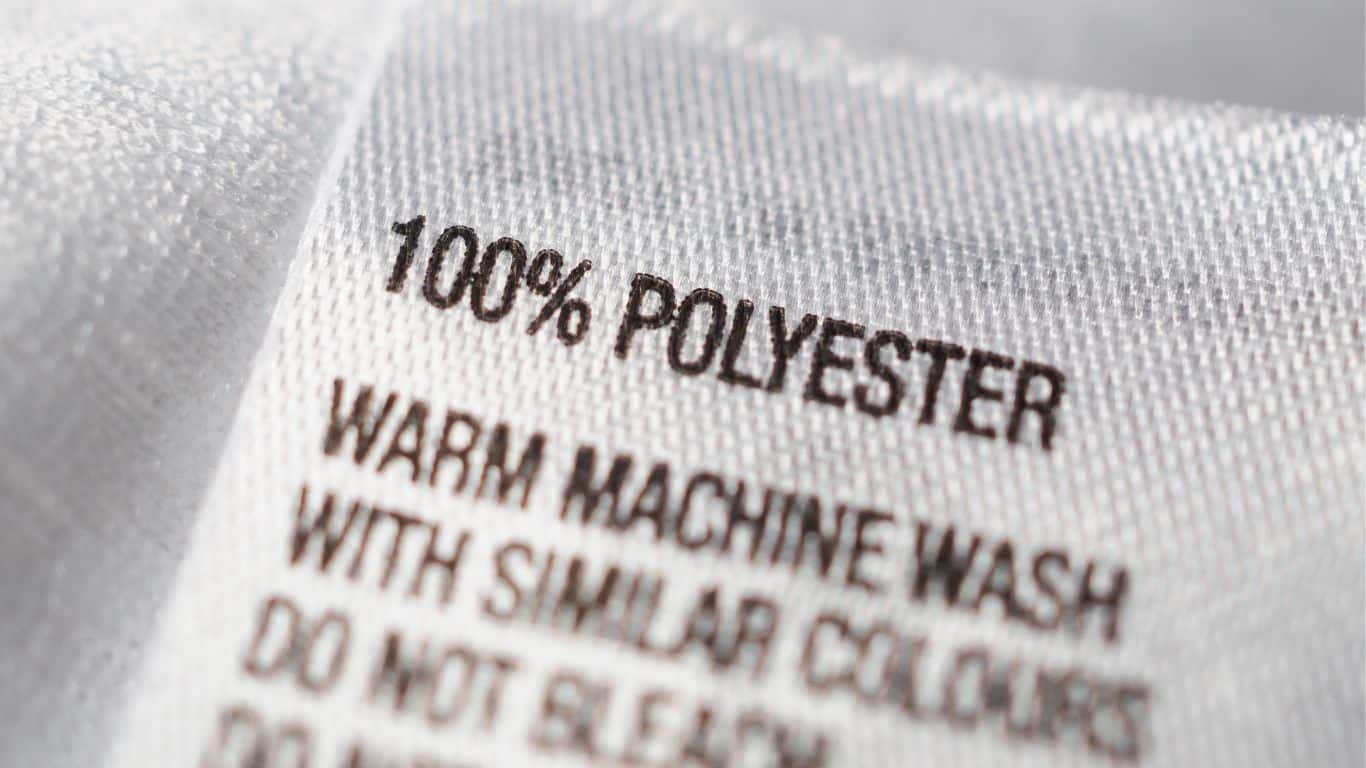Fashion
New tests find toxic ‘forever chemicals’ in bedding, yoga pants and other textiles

Two new reports find detectable levels of the toxic “forever chemicals” known as PFAS in consumer textile products like bedding, tablecloths and sportswear.
The widespread presence of these chemicals in dozens of products highlights concerns about the large number of PFAS exposures humans face via skin contact, indoor air and house dust. It’s already been proven that people are exposed through contaminated drinking water, food and breast milk. Textiles are now another category of concern.
Toxic-Free Future tested 60 items from three product categories – bedding, outdoor apparel, and tablecloths and napkins – for total fluorine and for specific PFAS, which are used to make products stain- and water-resistant. The analysis found that 35 products contained fluorine at levels above 100 parts per million, or ppm. The presence of fluorine is a very strong indication of PFAS.
Those 35 products were then tested for specific PFAS compounds. Three-quarters of those products contained a PFAS mixture that included long-chain PFAS compounds, which have been banned by the European Union and phased out in the U.S. because of concerns about their health risks. PFOA, one of the most prevalent and notorious types of PFAS, was detected in at least 28 percent, or more than 17, of the 60 tested products.
A total 34 of the 47 consumer products that included stain- or water-resistance marketing claims contained PFAS. The 13 products without those claims did not contain PFAS.
A separate investigation by Environmental Health News and wellness blog Mamavation found evidence of PFAS in women’s sportswear, like yoga pants from popular brands, including Old Navy and Lululemon. Thirty-two pieces of activewear, mostly workout leggings and yoga pants, were tested for total fluorine. One-quarter of the apparel had detectable levels of organic fluorine from 10 ppm to 284 ppm.
It is unclear how much the presence of PFAS in clothing contributes to our overall exposure. But because many of these compounds accumulate in the body, PFAS-coated clothing may increase health risks over time through the exposures that come with each wearing.
Any use of these chemicals is concerning, and consumers should eliminate exposure as much as possible, because of potential health harms. PFAS are a large family of thousands of fluorinated chemicals, some of which have been linked to a higher risk of cancer, reproductive harm, immune system damage and other serious health problems.
PFAS should be labeled on consumer products
In January, researchers at Duke University tested anti-fogging sprays and cloths used on eyeglasses and face shields for PFAS. They found all the products contained fluorotelomer alcohols, or FTOHs, and fluorotelomer ethoxylates, or FTEOs. None of the products tested listed their ingredients, but manufacturers should be forced to disclose PFAS.
Last year, researchers at the University of Notre Dame tested 231 cosmetics for PFAS. More than half the personal care products contained PFAS, and most products tested also did not list any PFAS compounds on their ingredient labels.
In July 2021, the House of Representatives passed comprehensive, bipartisan legislation to protect all Americans from harmful PFAS. The House version of the PFAS Action Act contains a requirement to create a PFAS-free label for consumer products.
End unnecessary use of PFAS
PFAS are used in hundreds of different products, from textile coatings and food wrappers to cosmetics and dental floss to guitar strings and printer ink. But data is lacking on Americans’ total exposure to PFAS, and how much they harm our health.
Alternatives to PFAS for ensuring stain and water resistance are available. Most brands can produce clothing and other consumer products without PFAS. Although textiles and clothing treatments may be the biggest source of PFAS exposure in household environments, PFAS are not labeled as an ingredient on most of these products.
Regulating PFAS as a class, rather than trying to tackle individual PFAS like PFOA on a case-by-case basis, would be a critical step in addressing the contamination crisis. Lawmakers should make it a priority to quickly phase out all unnecessary uses of PFAS.
Stop industrial discharges of PFAS
Textile mills and other manufacturers using PFAS discharge large amounts of the compounds into surface waters and sources of drinking water, but the Environmental Protection Agency does not limit PFAS discharges into water and air.
EWG has identified nearly 30,000 sites where manufacturers could be discharging PFAS. Lawmakers in Congress should prioritize turning off the tap of these discharges by setting deadlines for the EPA to use its Clean Water Act authority to limit PFAS discharges from textile mills and other industries.
Landfills and the PFAS waste cycle
Reducing the unnecessary use of PFAS breaks the cycle of ongoing contamination. Toxic PFAS are persistent in the environment and do not break down. When consumer products are tossed in landfills, PFAS may leach into the environment.
Discarding, flushing and incinerating waste with PFAS all contribute to environmental contamination. The three standard practices for waste management – landfilling, wastewater treatment and incineration – do not contain or destroy PFAS.
Consumer tips
EWG has created a guide with tips for avoiding exposure to toxic PFAS in clothing, cookware, furniture, carpets, food wrappers, cosmetics and other personal care products.
If PFAS have been detected in your tap water, or if you suspect contamination, use EWG’s Water Filter Buying Guide to find a filter certified to remove some PFAS chemicals.
Avoid products marketed as waterproof, grease-resistant or long-lasting. Look for a “PFAS free” label on products.
Use EWG’s Skin Deep database and Healthy Living app to find products that may contain PFAS, and avoid using those in which they’re listed as an ingredient.









